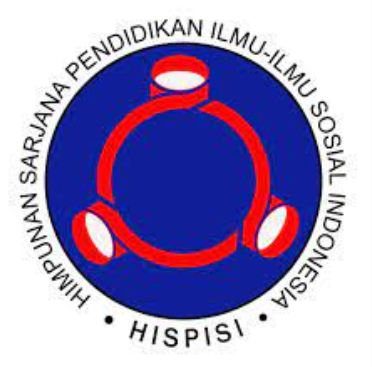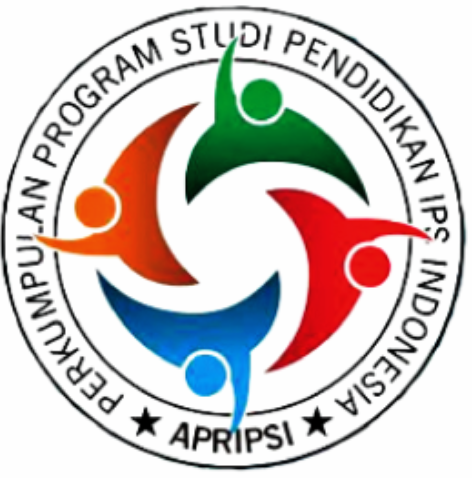INTERAKSI SOSIAL PEKERJA ANAK (Studi Kasus Anak yang Bekerja Sebagai Buruh Bangunan di RW.05 Desa Kalimukti Kabupaten Cirebon)
DOI:
https://doi.org/10.21009/EIPS.003.1.06Keywords:
Child Labourers, Social Interaction, Building Workers, LifestyleAbstract
This research aims to: (1) Know the factors cause children to prefer working as builder rather than go to school. (2) Know the social interaction of child labourers in builder at the work environment (3) Knowing the changes lifestyle of child labourers after working as builder. This researched in RW.05 Kalimukti Village, Pabedilan District, Cirebon Regency more than three month since March to May 2019. The method used in this research is qualitative research methods, with data collection techniques through observation, interviews, Focus Group Discussion (FGD) and documentation. Data sources in this research are key informants and core informants consist of the chairperson of RW.05, head of a village 03, head of builder and parents of child laborers as key informants and four child laborers as builder as core informants. The results of research are conclude that (1) Factors underlying children who choose to work as builder rather than go to school are less of motivation to learn; Environment; Self-will (independent); Economic crush (2) There are forms of social interaction on child labourers in the form of cooperation, accommodation and obstacles in the form of conflicts that occur in child labourers in the work environment. As for the things that become barriers to child labor such as adaptation to the new environment (3) There is a change in lifestyle on the better habits in children after they are work as builder. As well as changes in the appearance and economic independence caused by the income received after work.
Downloads
Published
How to Cite
Issue
Section
License
Authors who publish with this journal agree to the following terms:
- Authors retain copyright and grant the journal right of first publication with the work simultaneously licensed under a Creative Commons Attribution ShareAlike License that allows others to share the work with an acknowledgement of the work's authorship and initial publication in this journal.
- Authors are able to enter into separate, additional contractual arrangements for the non-exclusive distribution of the journal's published version of the work (e.g., post it to an institutional repository or publish it in a book), with an acknowledgement of its initial publication in this journal.
- Authors are permitted and encouraged to post their work online (e.g., in institutional repositories, pre-prints sites or on their website) prior to and during the submission process, as it can lead to productive exchanges, as well as earlier and greater dissemination of published work






